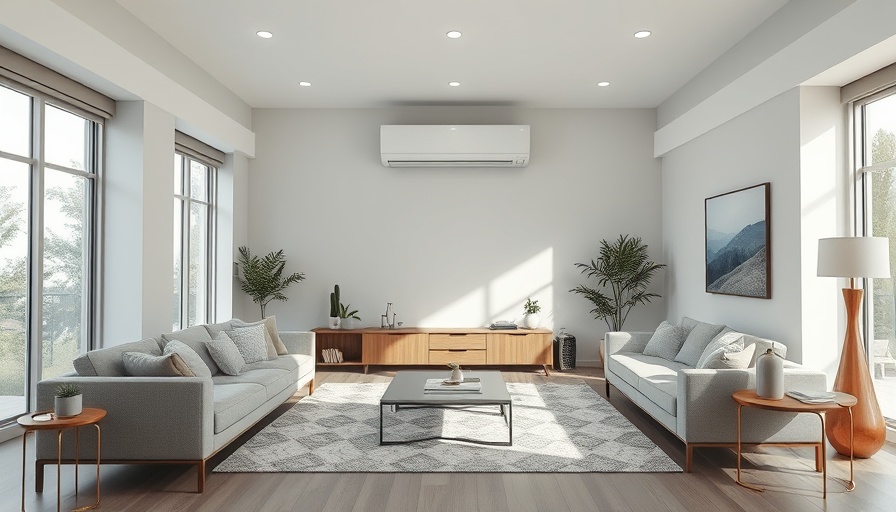
Understanding Whole Home Air: Essential Knowledge for Home Service Pros
As professionals in the home service industry, from HVAC technicians to plumbers and renovation contractors, understanding the intricacies of whole home air systems can significantly impact your effectiveness in servicing clients. In today’s increasingly energy-conscious world, simply focusing on equipment isn’t enough. A comprehensive approach that considers various non-equipment factors can optimize both energy efficiency and indoor comfort.
Key Areas of Focus for Indoor Air Quality
One of the crucial components of a 'whole home' air strategy is attic assessment. An HVAC technician should routinely check the attic for insulation levels and ductwork integrity. The EPA highlights that properly air-sealed homes can save homeowners substantial costs on their energy bills. For example, air sealing combined with sufficient attic insulation can save up to 15% on heating and cooling costs. This level of energy savings is vital knowledge for your service approach.
A Simplified Myth: Is Age Just a Number?
Another misconception is that a home built to code just 15 years ago is energy efficient. In reality, building codes are frequently updated, and homes often lag behind the latest standards in technology and materials. Demonstrating awareness of evolving efficiency standards can enhance client trust and establish you as a knowledgeable resource in home improvement.
Home Insulation: More Than Just a Blanket
Insulation levels in the attic may seem adequate at first glance, but ongoing assessments are necessary. Inconsistent temperature regulation can arise from inadequate insulation, which means that clients may face hidden costs associated with energy inefficiencies. Inspections carried out by HVAC professionals should include comprehensive checks on insulation to ensure that thermal comfort is maintained.
The Importance of Duct Integrity
Dust accumulation inside a home is often a telltale sign of potential ductwork issues. This could indicate loose connections that allow particulates from the attic to infiltrate the ducts, effectively reducing indoor air quality. By proactively addressing these issues, service professionals can not only improve a home’s air quality but also enhance the overall health of its inhabitants.
Future Trends: A Holistic Approach to Home Comfort
As we advance, the integration of smart technology in HVAC systems is poised to redefine how we approach indoor air quality. Emerging technologies will allow for real-time monitoring of air quality, helping service professionals identify and resolve issues swiftly. Staying informed about these tools can enhance your service offerings and position you favorably in a competitive market.
Understanding the nuances around whole home air is not just an academic exercise; it has practical implications in your daily workflows. Enhancing your knowledge can lead to better service delivery, ultimately translating into happier clients who trust your expertise.
 Add Row
Add Row  Add Element
Add Element 


Write A Comment